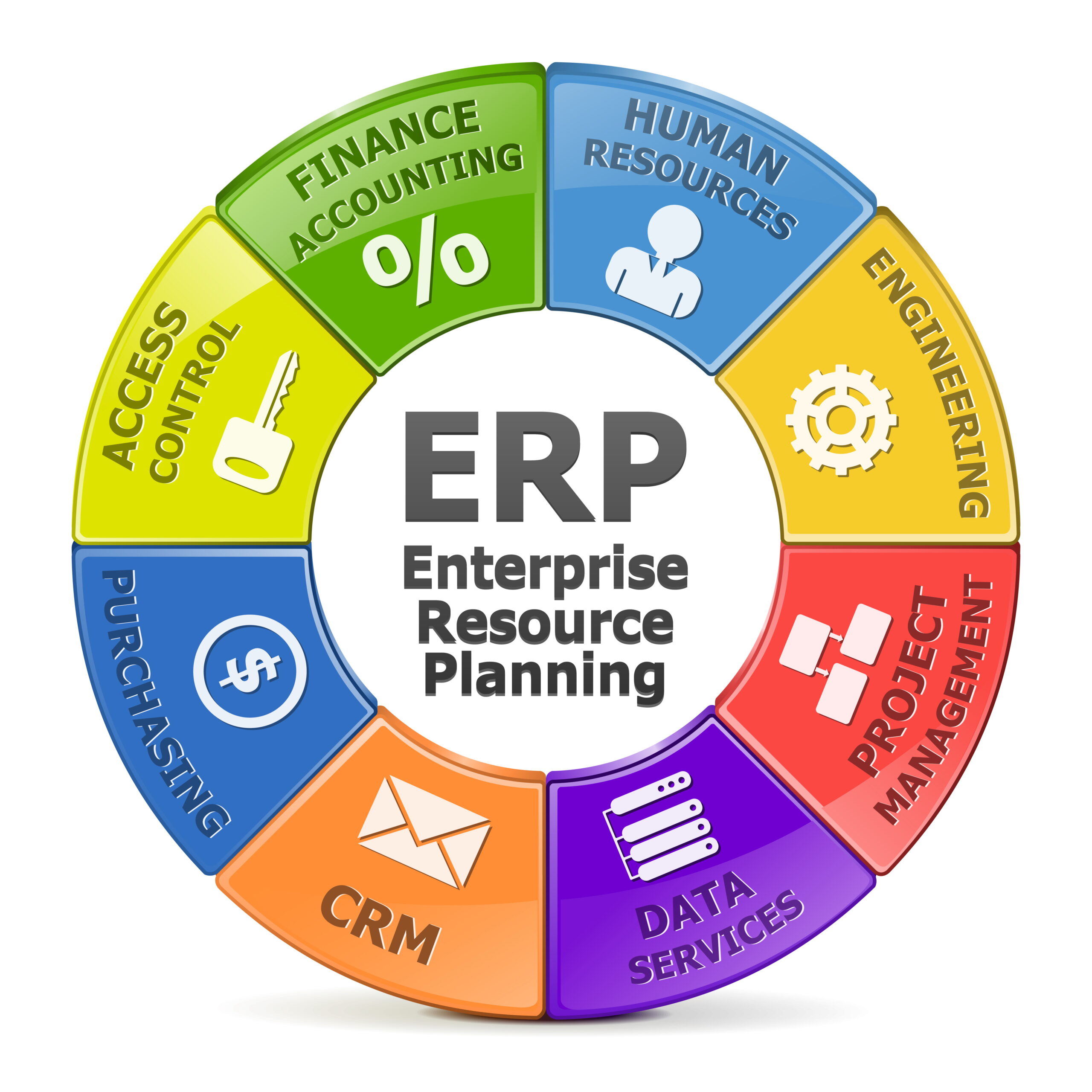My Journey from ERP Chaos to Compliance Clarity: A Story of Quality Standards and Digital Transformation
I remember a time, not so long ago, when our company felt like a beautifully designed car trying to run on three different types of fuel, with a map drawn on a napkin, and a speedometer that sometimes showed the weather. We were growing, yes, but beneath the shiny surface, there was a constant hum of inefficiency, a nagging feeling that something wasn’t quite right. Data was everywhere – in spreadsheets, in disparate departmental systems, even scribbled on sticky notes. Trying to get a single, unified view of our operations was like herding cats in a hurricane.
Then, the word started circulating: "ERP." Enterprise Resource Planning. It sounded like a magical silver bullet, a grand solution to all our woes. And to a certain extent, it was. But what I quickly learned, and what became the backbone of our transformation, wasn’t just implementing an ERP. It was about ERP Quality Standards Compliance.
At first, those words sounded like a bureaucratic nightmare, a tangle of red tape designed to slow things down. But as I delved deeper, I realized they were actually the compass, the blueprint, and the quality assurance stamp for our entire digital future. This is our story.
Chapter 1: The Early Days – Ignorance Isn’t Bliss (It’s Chaos)
Before our ERP journey, our "quality standards" were, to put it mildly, inconsistent. Each department had its own way of doing things. Sales used one CRM, manufacturing had its legacy system, finance relied heavily on complex spreadsheets, and HR had another independent tool.
The pain points were glaring:
- Data Inconsistencies: A customer’s address might be different in sales records versus shipping records. Inventory counts were often a "best guess."
- Manual Processes & Errors: Duplication of effort was rampant. Data entry errors were common, leading to costly rework and dissatisfied customers.
- Lack of Transparency: It was nearly impossible to track an order from start to finish without asking multiple people in multiple departments.
- Compliance Headaches: When auditors came knocking, assembling the required documentation was a frantic, last-minute scramble. We were always reacting, never proactively prepared.
We were making decisions based on fragmented information, and frankly, it felt like we were driving blindfolded. The idea of "quality" was subjective, residing in the individual efforts of dedicated employees rather than being embedded in our systems and processes.
Chapter 2: The Wake-Up Call – Why Quality Standards Matter (Beyond the Buzzwords)
Our "aha!" moment came during a particularly painful quarterly review. We realized that our growth was unsustainable without a solid operational foundation. Our CEO, bless his heart, declared, "We need an ERP, and we need it to be right."
That’s when the discussions about "quality standards" really began. I remember sitting in a meeting, feeling overwhelmed as terms like ISO 9001, GDPR, SOX, data integrity, and audit trails were thrown around. My initial reaction was, "Can’t we just get the software working first?"
But then, it clicked. ERP isn’t just software; it’s the nervous system of your entire business. If your nervous system isn’t functioning correctly, if it’s sending corrupted signals, or if it’s vulnerable to attack, your whole body suffers. Quality standards, I learned, weren’t about unnecessary bureaucracy. They were about:
- Ensuring Reliability: Making sure our ERP delivered accurate, consistent, and timely information, every single time.
- Building Trust: Internally, so departments could rely on each other’s data; externally, with customers, partners, and regulators.
- Mitigating Risks: Protecting us from financial penalties, data breaches, and operational disruptions.
- Driving Continuous Improvement: Providing a framework to constantly refine our processes and systems.
It wasn’t just about ticking boxes; it was about laying the foundation for a resilient, efficient, and trustworthy enterprise.
Chapter 3: Diving Deep – The Pillars of ERP Quality Compliance
Once we embraced the "why," we had to tackle the "how." We identified several key pillars that became our guiding principles for ensuring ERP quality standards compliance. Think of our ERP as a grand, interconnected house. These pillars were what kept it from crumbling.
1. Data Integrity and Accuracy: The Bedrock
This was paramount. What good is a system if the data within it is unreliable? We focused on:

